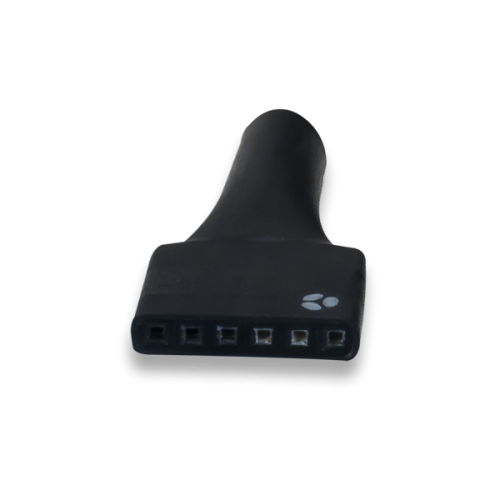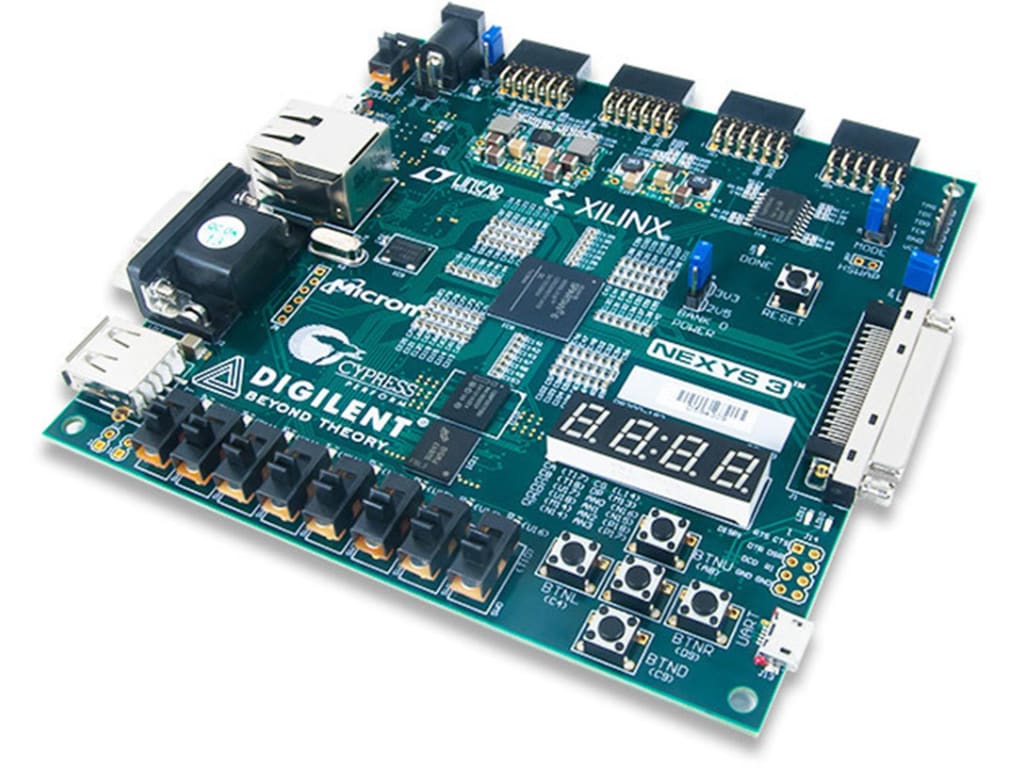
Video Graphics Array (VGA)
VGA stands for Video Graphics Array. Initially, it refers specifically to the display hardware first introduced with IBM® PS/2 computer in 1987. With the widespread adoption, it now usually refers to the analog computer display standards (defined by VESA®), the DE-15 Connector (commonly known as VGA connector), or the 640x480 resolution itself.


Install Digilent Drivers Vivado
The ADXL345 is a small, thin, low power, 3-axis accelerometer with high resolution (13-bit) measurement at up to ±16 g.Digital output data is formatted as 16-bit twos complement and is accessible through either a SPI (3- or 4-wire) or I2C digital interface. The ADXL345 is well suited for mobile device applications. It measures the static acceleration of gravity in tilt-sensing applications. DRIVERS DIGILENT ANALOG DISCOVERY 2 WINDOWS. Analog+discovery+2 datasheet & applicatoin notes. Digilent plugin xilinx tools, function generator, linux mac. Global industries proto board, digilent inc. Industry science. Compatible raspberry pi, journal undergraduate research. Labview analog discovery, electronics explorer board, digilent adept.
Digilent Drivers
The analog computer display standards is specified, published, copyrighted and sold by the VESA organization (www.vesa.org). The timing information used in this project is an example of how a VGA monitor might be driven in a 640x480 resolution.
Vivado Digilent Drivers
A DE-15 connector, commonly known as a VGA connector, is a three row 15-pin D-subminiature Connector (named after their D-shaped metal shield). The name of each pin is shown in Fig. 1 below. We will only concentrate on the 5 signals out of 15 pins in this project. These signals are Red, Grn, Blue, HS, and VS. Red, Grn, and Blue are three analog signals that specify the color of a point on the screen, while HS and VS provide a positional reference of where the point should be displayed on the screen. By properly driving these five signals according to the VGA timing specification, we can display everything we want on any monitors. To understand how these signals should be driven, we need to take a look at how our monitors actually work.
